
EarQ Anatomy of the Ear Chart Human ear, Inner ear diagram, Ear anatomy
Ear Anatomy | Overview & Diagram Lesson Transcript Author Anne Kamiya View bio Instructor Rebecca Gillaspy View bio Study the ear anatomy and learn about the parts of the ear. Explore.

Ear infections explained Dr Mark McGrath
The diagram of the ear is important from Class 10 and 12 perspectives and is usually asked in the examinations. A brief description of the human ear along with a well-labelled diagram is given below for reference. Well-Labelled Diagram of Ear The External ear or the outer ear consists of Pinna/auricle is the outermost section of the ear.
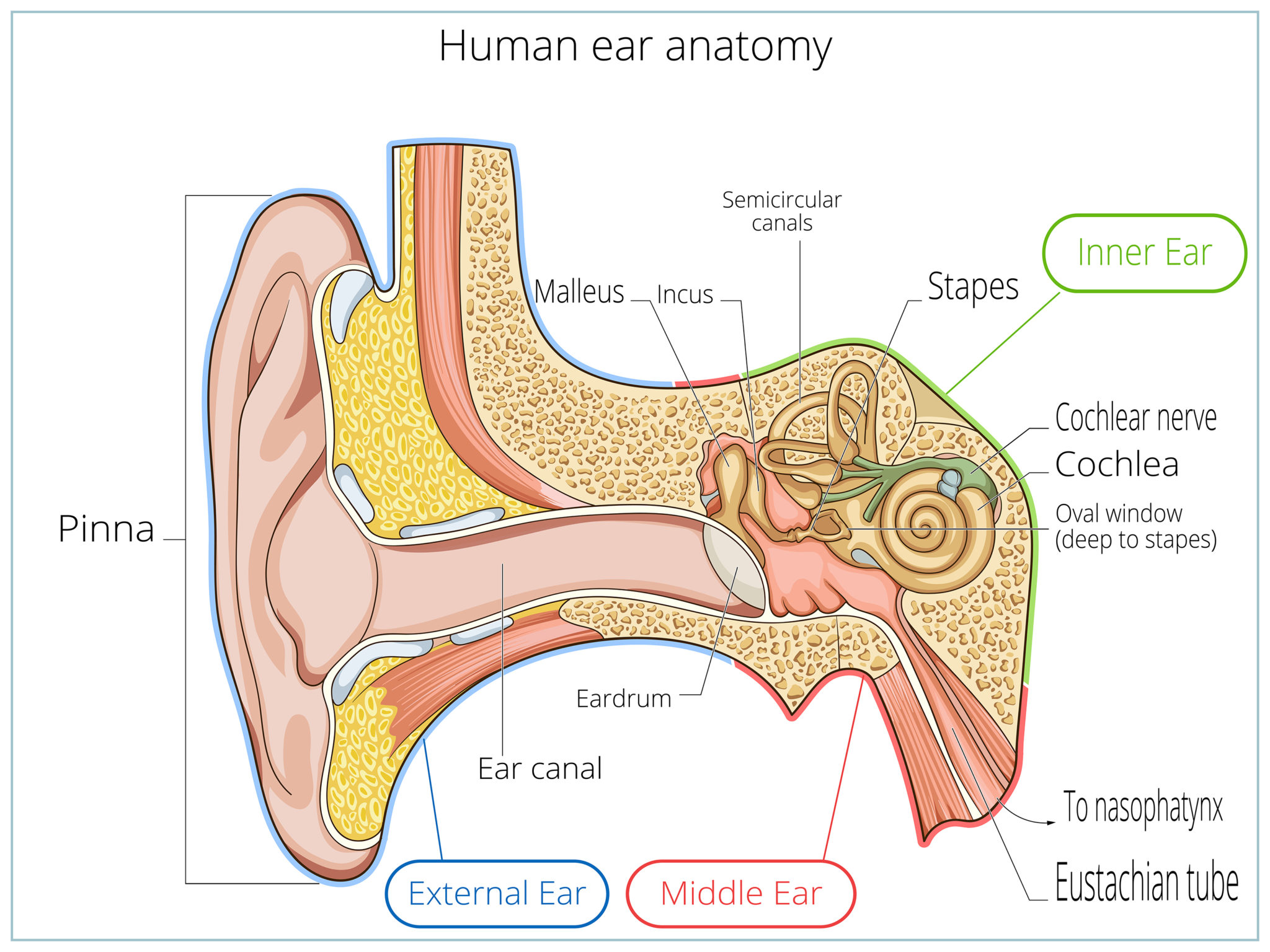
Ear Anatomy Causes of Hearing Loss Hearing Aids Audiology
The middle ear includes the eardrum, malleus, incus, and stapes. The inner ear includes semicircular canals, eustachian tube, cochlea, and vestibule and auditory nerves.">.

How The Ear Works
So as the air vibrates even the ear drum starts vibrating. Just like the skin of a drum. And as you can, the ear drum also separates the outer ear from the middle ear. This brings us to the middle ear. The middle ear consists of the three tiniest bones of the human body. And they're together the are called the ossicles. And they have pretty.
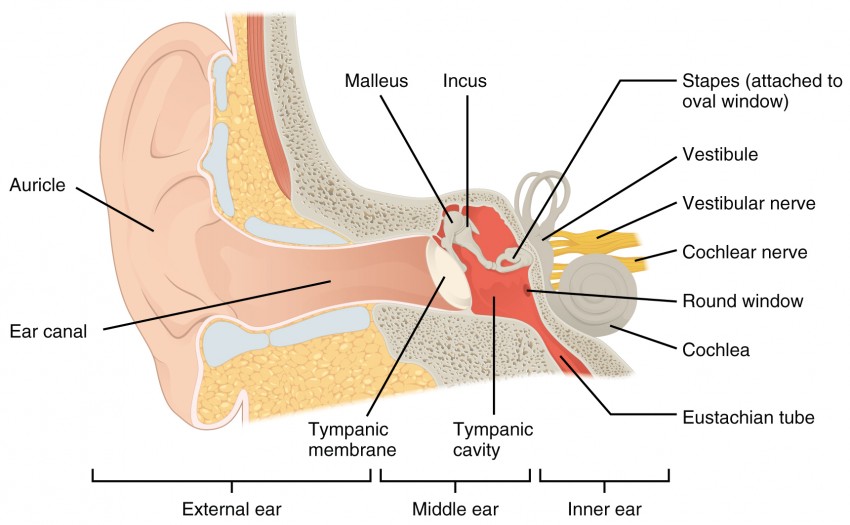
Audition and Somatosensation Anatomy and Physiology I
Ear anatomy overview Ear diagrams (labeled and unlabeled) Accelerate your learning with interactive quizzes Sources + Show all Ear anatomy overview Although it's not obvious to look at, the ear is anatomically divided into three portions: External (outer) ear Middle ear Inner ear

Alila Medical Media Human ear anatomy, labeled diagram. Medical illustration
Figure 1.Anatomy of the external ear. 4 Innervation of the auricle. The auricle has several sources of sensory innervation:. The superficial surface is supplied by the great auricular nerve and lesser occipital nerve, both of which are branches of the cervical plexus (C2 & C3), and the auriculotemporal branch of the mandibular nerve, which is a branch of the trigeminal nerve (cranial nerve V)

Disorders of the Ear Part Two a PA Review and Podcast
Ear anatomy can vary. In addition to normal and relatively minor differences, there are a number of more significant and impactful variants. For instance, on the auricle, attachment—or lack thereof—of the earlobe to the face is a frequently seen genetic variation, with attached earlobes seen in anywhere from 19% to 54% of the population..
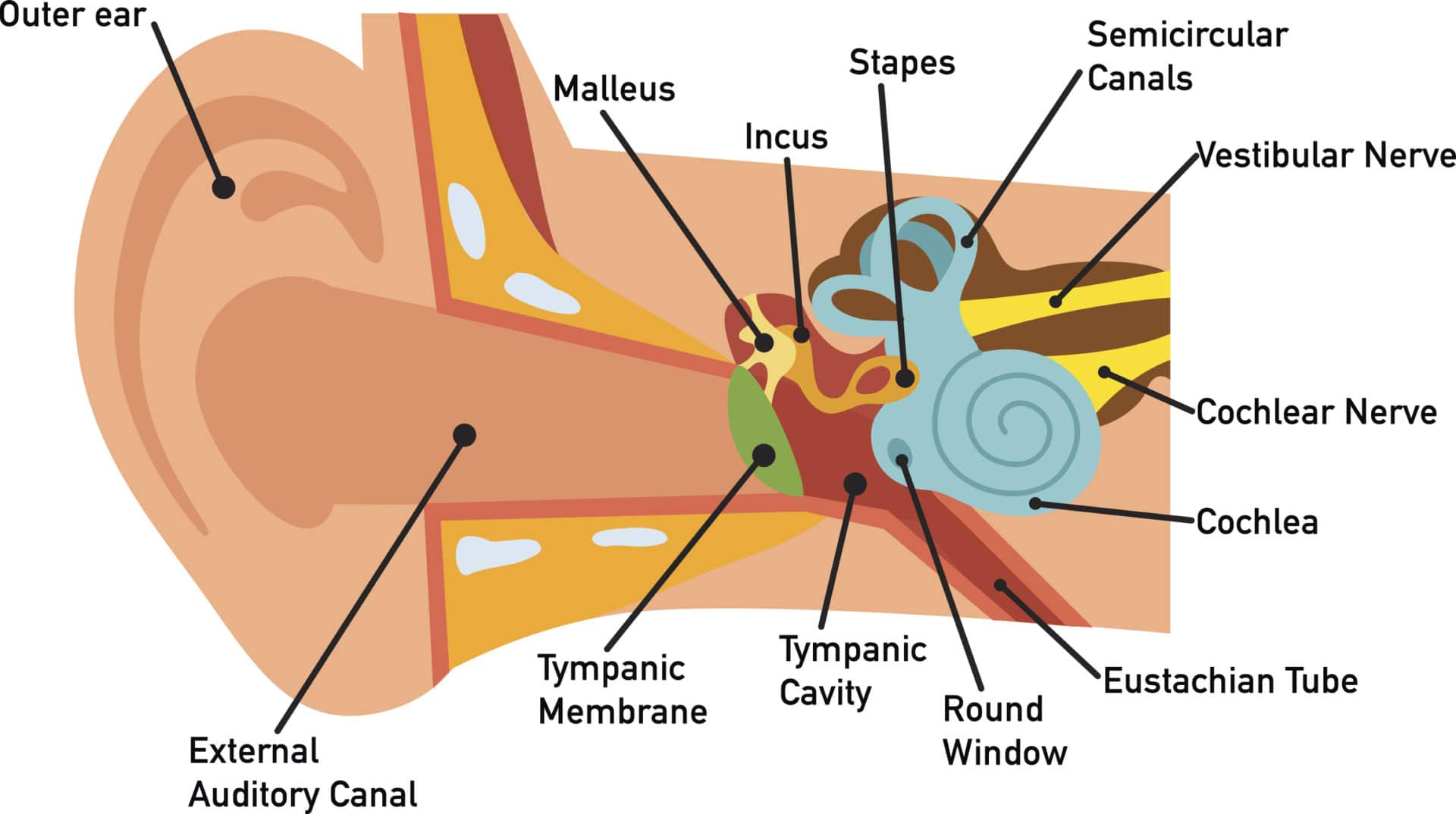
How You Hear Northland Audiology
The ear canal, or auditory canal, is a tube that runs from the outer ear to the eardrum. The ear has outer, middle, and inner portions. The ear canal and outer cartilage of the ear make.

Vertigo Have You Spinning Chiropractic Home Care Ear anatomy, Human ear anatomy, Human ear
The ear is divided into three parts: Outer ear: The outer ear includes an ear canal that is is lined with hairs and glands that secrete wax. This part of the ear provides protection and.

Ear Anatomy, Human Ear Diagram, Functions, Parts Embibe
Ear Anatomy - Outer Ear The outer ear comes in all types of shapes and sizes. This structure helps to give each of us our unique appearance. The medical term for the outer ear is the auricle or pinna. The outer ear is made up of cartilage and skin. There are three different parts to the outer ear; the tragus, helix and the lobule. EAR CANAL
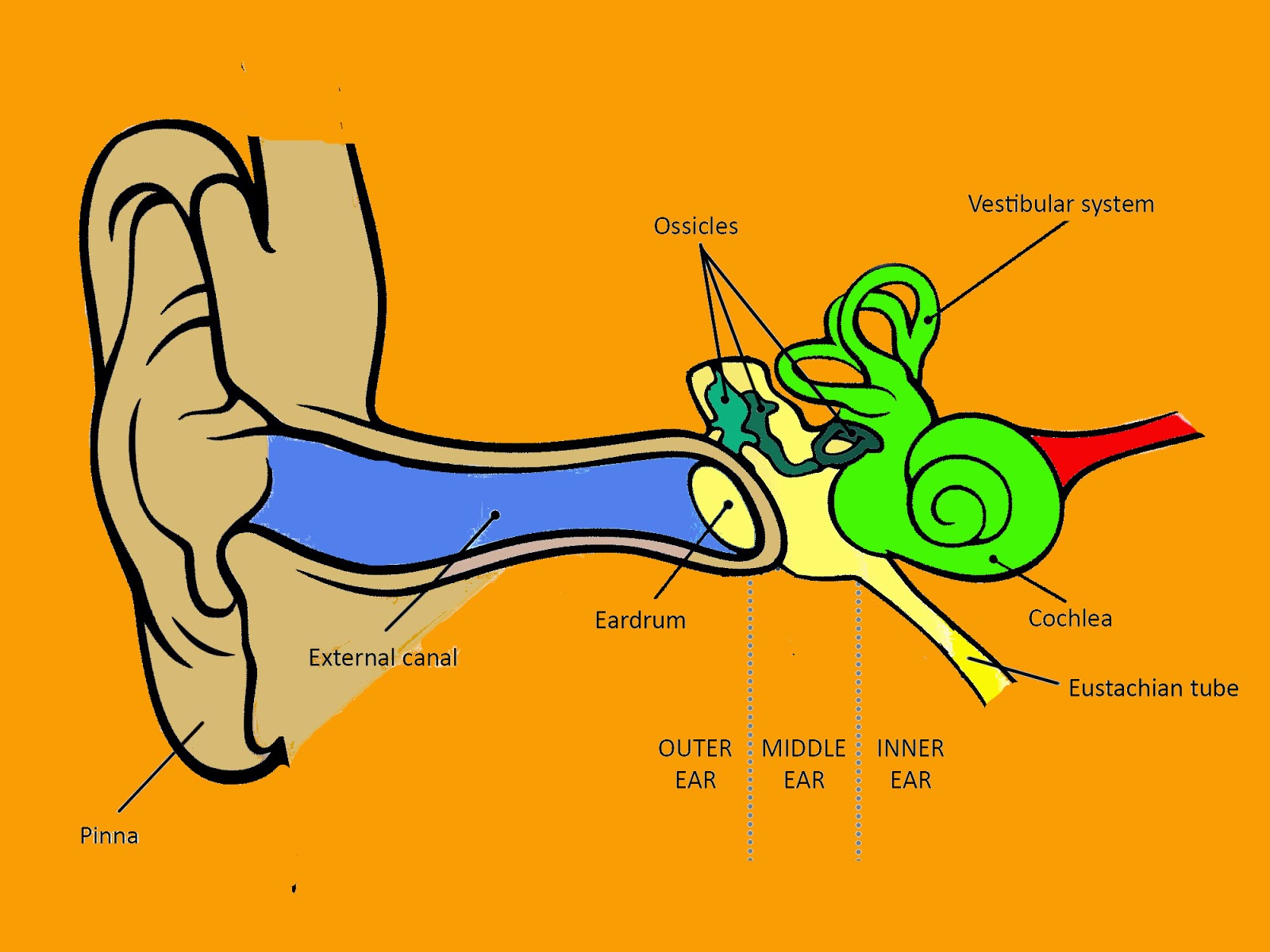
HEARING ANATOMY AND PROCESS AUDIOLOGIS
The purpose of the inner ear is to sense and process information about sound and balance, and send that information to the brain. Each part of the inner ear has a specific function. Cochlea: The cochlea is responsible for hearing. It is made up of several layers, with the Organ of Corti at the center.
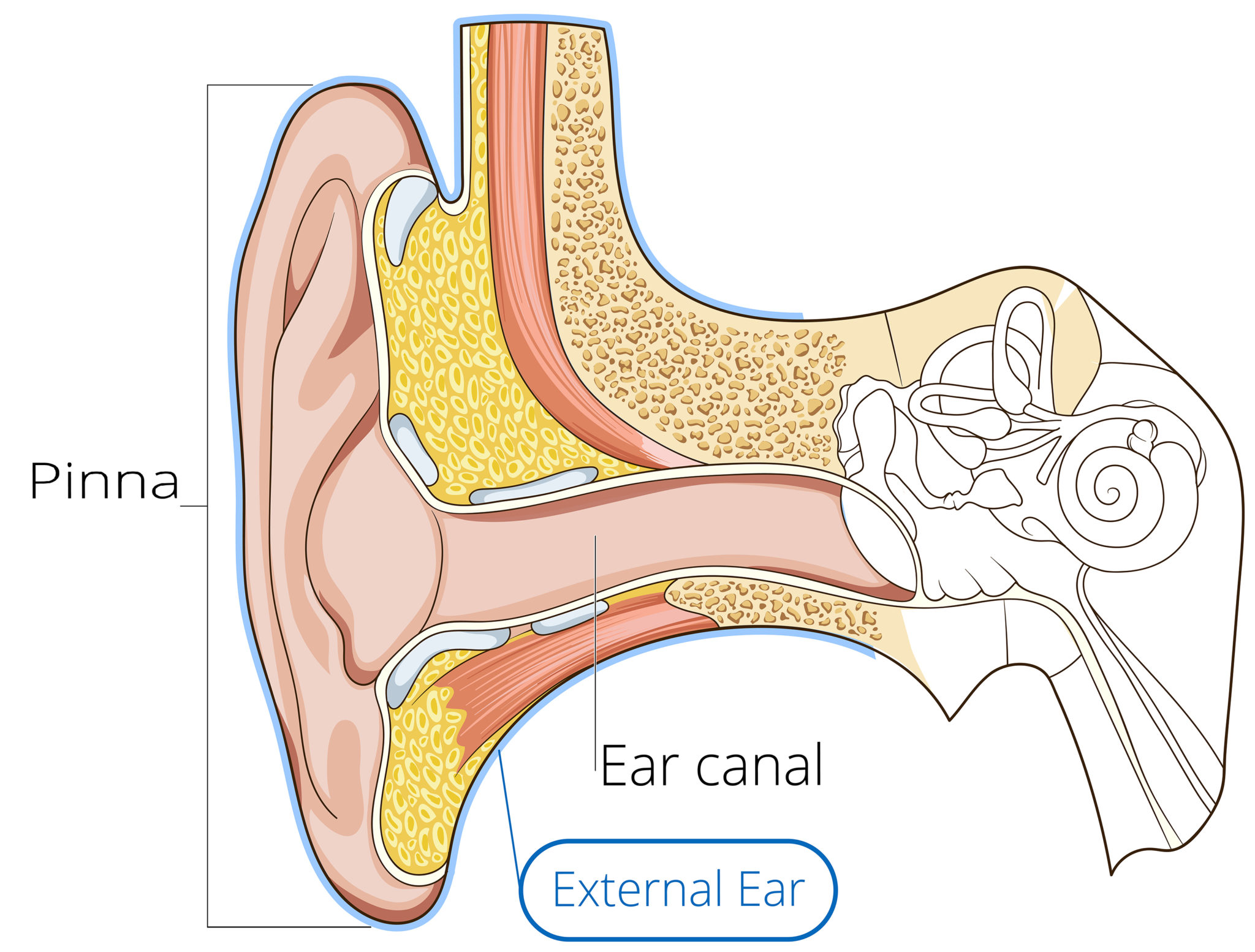
Ear Anatomy Causes of Hearing Loss Hearing Aids Audiology
Helix: The outermost curvature of the ear, extending from where the ear joins the head at the top to where it meets the lobule. The helix begins the funneling of sound waves into the ear; Fossa, superior crus, inferior crus, and antihelix: These sections make up the middle ridges and depressions of the outer ear. The superior crus is the first ridge that emerges moving in from the helix.
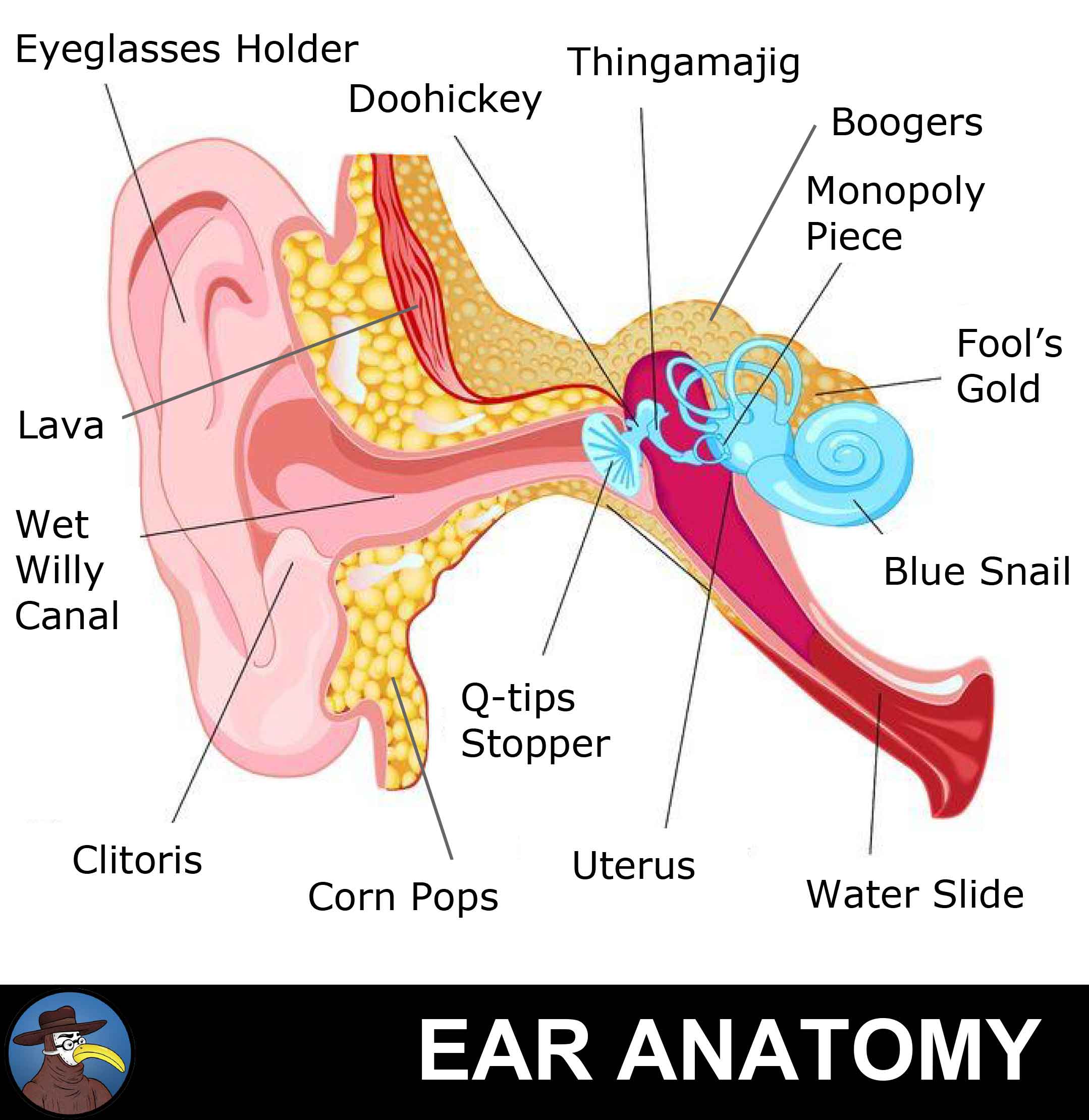
Anatomy of the Ear GomerBlog
Your inner ear is the last stop that sound waves make in a carefully orchestrated journey that starts from your outer ear. These waves travel from your outer ear through your middle ear to your inner ear. In the inner ear, the sound waves are converted into electrical energy, which your hearing nerve delivers to your brain as sound, making it.
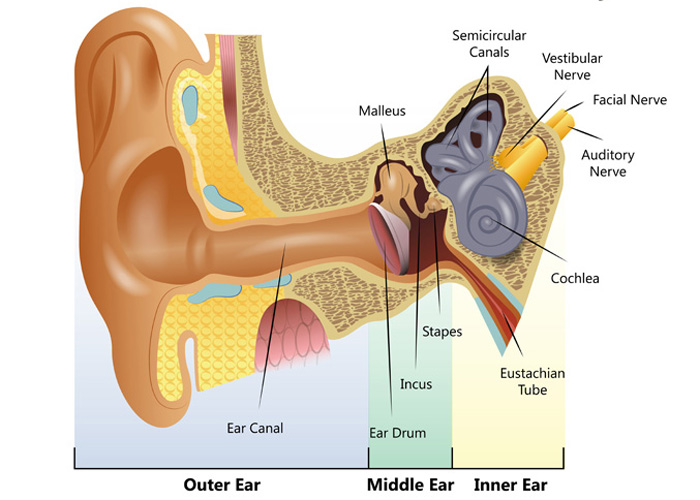
What is a balance disorder? Hearing Link
Chapter 2 - Testing Audiogram Tympanogram Chapter 3 - Ear Anatomy Ear Anatomy - Outer Ear Ear Anatomy - Inner Ear Ear Anatomy Schematics Ear Anatomy Images Chapter 4 - Fluid in the ear Fluid in the ear Discussion Fluid in the ear Outline Middle Ear Ventilation Tubes Fluid in the ear Images Chapter 5 - Traveler's Ear Traveler's Ear Discussion
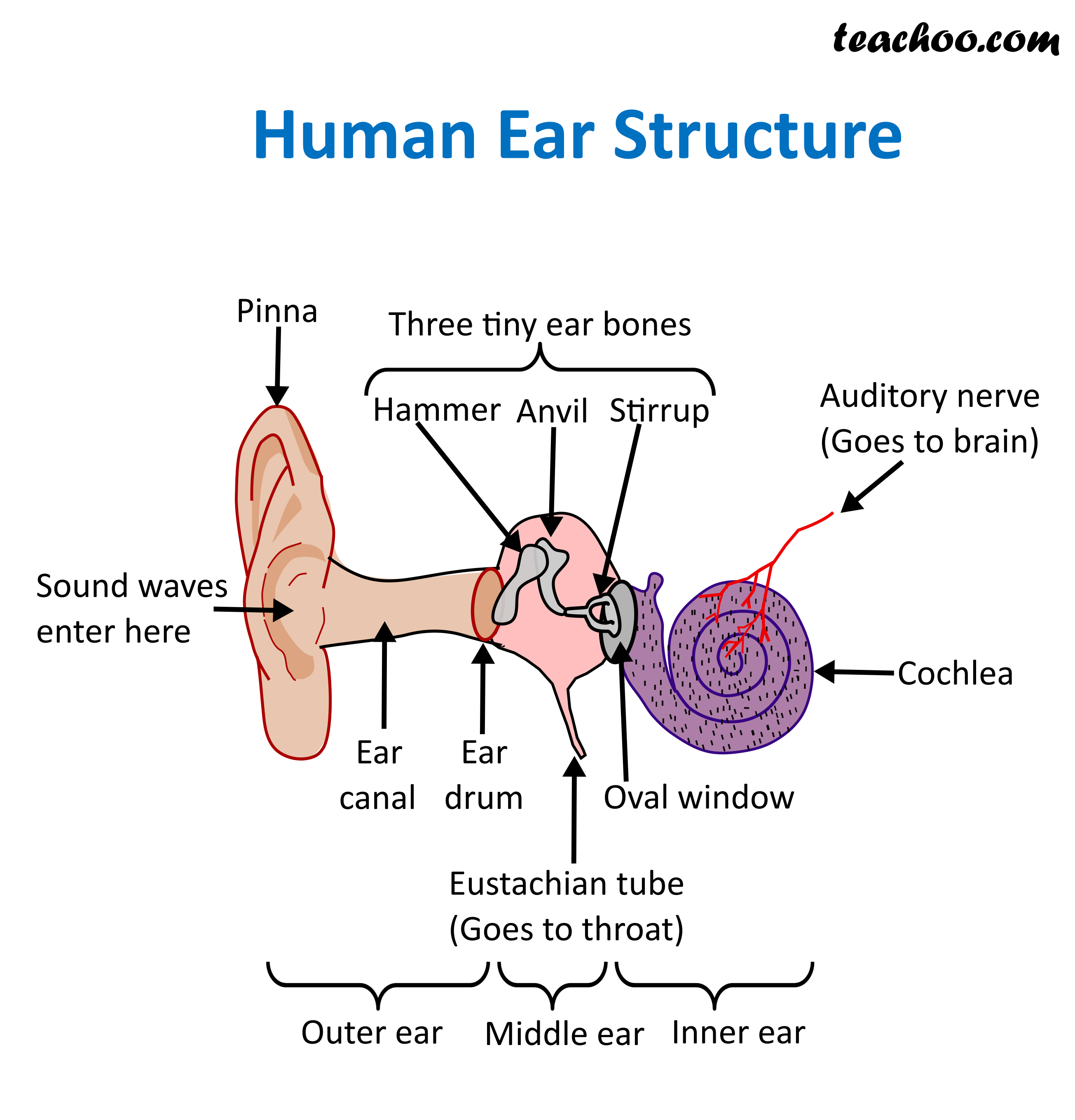
Structure and Function of Human Ear with Diagram Teachoo
Here is a blank human ear diagram for you to label, so that you can memorize the different parts of this vitally necessary organ, for good.
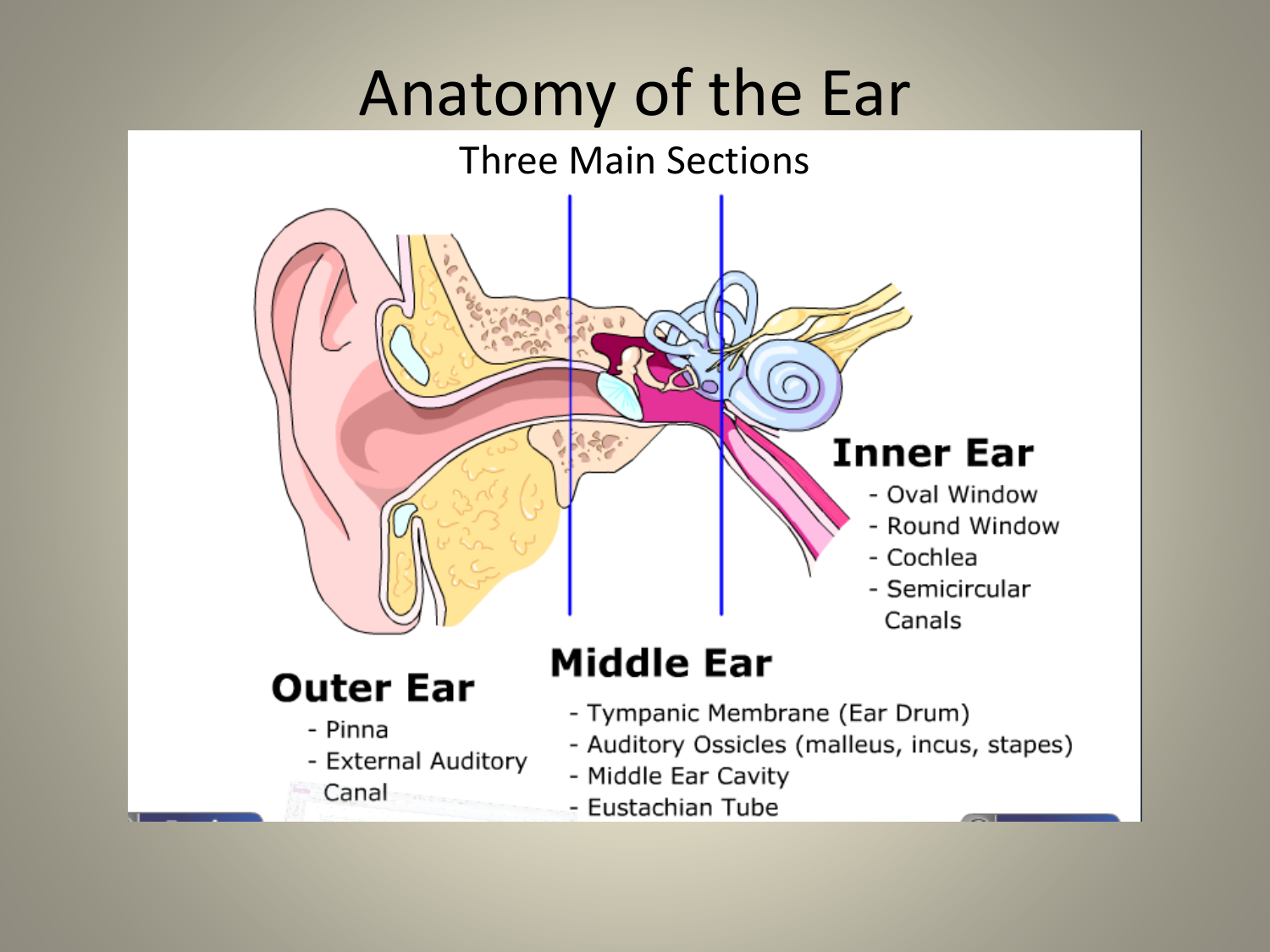
Anatomy of the Ear
Your outer ear and middle ear are separated by your eardrum, and your inner ear houses the cochlea, vestibular nerve and semicircular canals (fluid-filled spaces involved in balance and hearing). What is the ear? Your ears are organs that detect and analyze sound. Located on each side of your head, they help with hearing and balance. Advertisement